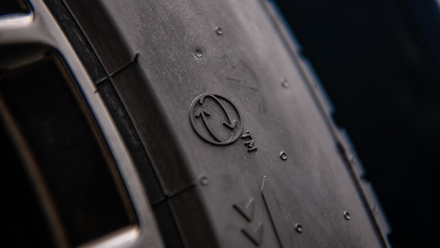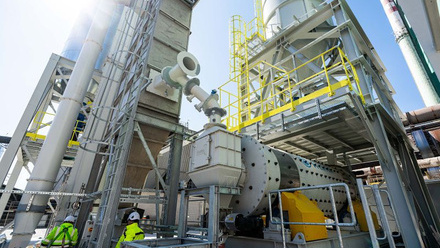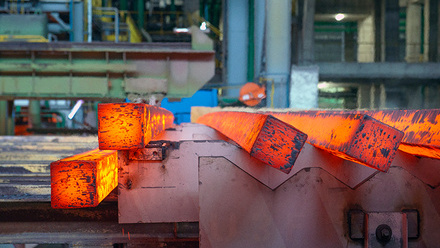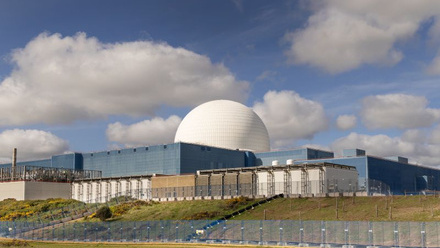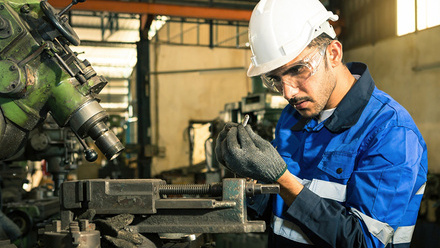Investigating multiphase reactive flow in CO₂ storage
Addressing knowledge gaps about geological CO₂ storage in sandstone.

The underlying multiphase reactive flow mechanisms of CO2 storage remain poorly understood.
To address this knowledge gap, researchers at Imperial College London and Petroliam Nasional Berhad (PETRONAS) have carried out steady-state imbibition, relative permeability experiments on sandstone samples from a proposed storage site.
This research is reportedly the first to comprehensively analyse multiphase reactive flow in this context. It lays a foundation for enhancing injectivity, optimising storage capacity and ensuring the long-term safety of CO₂ sequestration, particularly in mineralogically complex sandstone formations.
Firstly, the study has found that both CO₂ relative permeability and absolute permeability decreases remarkably during multiphase flow.
Even though the brine used is pre-equilibrated with CO₂, chemical reactions lead to this reduction. This decline is expected to affect CO₂ injectivity and storage capacity.
Secondly, the researchers have identified notable changes in petrophysical properties.
Pore and throat sizes are reduced, pore connectivity diminishes, and pore irregularity increases. These changes have been visualised through in situ pore-scale imaging, providing direct evidence of the impact of chemical reactions on the pore structure.
Mineral dissolution, especially of feldspar, albite and calcite, play a role in these changes.
Additionally, precipitation resulting from the transformation of feldspar to kaolinite and fines migration contribute to the observed alterations.
These experiments are complemented by in situ X-ray imaging and ex situ analyses using scanning electron microscopy (SEM) and energy-dispersive X-ray spectroscopy (EDS).
Looking ahead, the researchers suggest that future studies should focus on developing quantitative models.



